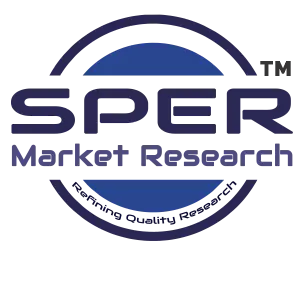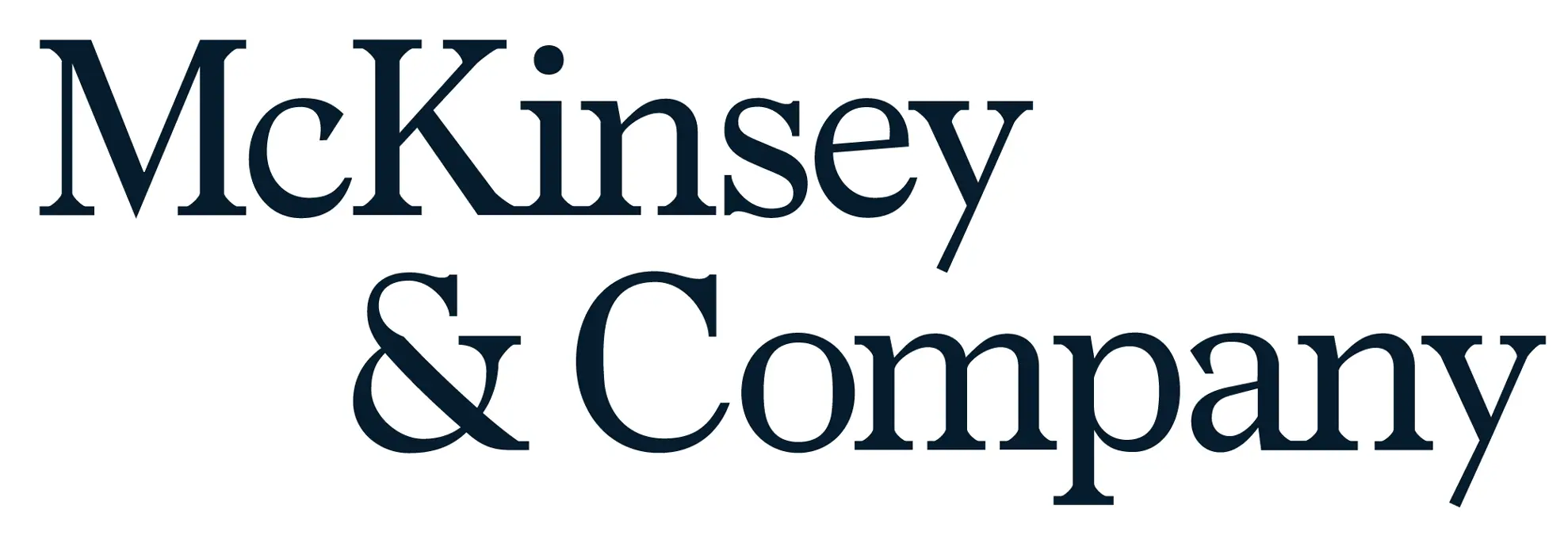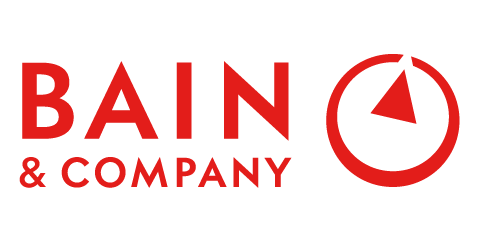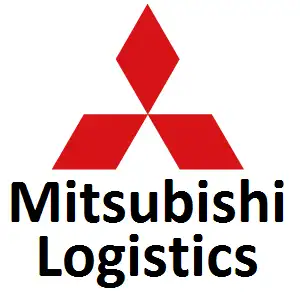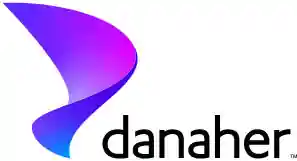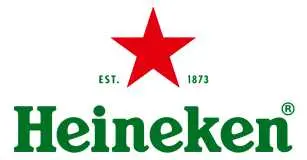
HVAC Filters Market Growth, Trends, Analysis and Outlook 2034
HVAC Filters Market Growth, Size, Trends Analysis- By Material Type, By Technology Type, By End Use - Regional Outlook, Competitive Strategies and Segment Forecast to 2034
| Published: Jul-2025 | Report ID: MACH2510 | Pages: 1 - 226 | Formats*: |
| Category : Equipment and Machinery | |||
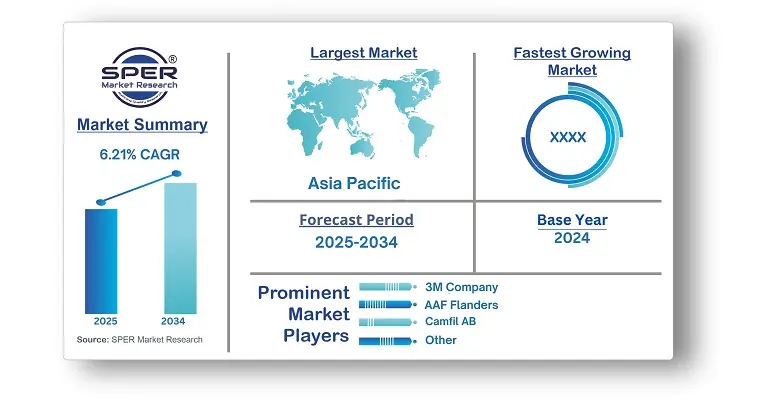

- In February 2024, The New York Times listed the top 10 HVAC filters, with the Nordic Pure MERV 12 securing the top spot. This filter stands out for its 33% larger surface area, allowing better airflow and delivering a fresher scent.
- In August 2023, Popular Science named the Aerostar MERV 13 pleated air filter as the top pick on its website. This filter is praised for its affordability, efficiency, and quiet operation, while delivering excellent filtration performance by effectively capturing bacteria and allergens.
| Report Metric | Details |
| Market size available for years | 2021-2034 |
| Base year considered | 2024 |
| Forecast period | 2025-2034 |
| Segments covered | By Material Type, By Technology Type, By End Use |
| Regions covered | North America, Latin America, Asia-Pacific, Europe, and Middle East & Africa |
| Companies Covered | 3M Company, AAF Flanders, Camfil AB, Carrier Corporation, Daikin Industries, Donaldson Company, Inc., Fortress Building Products, Inc., Honeywell International, Inc., Lennon International, Inc., LG Electronics Inc., Mann+Hummel, Mitsubishi, Parker Hannifin Corporation, Samsung Electronics. |
- Global HVAC Filters Market Size (FY’2021-FY’2034)
- Overview of Global HVAC Filters Market
- Segmentation of Global HVAC Filters Market By Material Type (Fiberglas, Synthetic polymer, Carbon, Metal)
- Segmentation of Global HVAC Filters Market By Technology Type (Electrostatic precipitator, Electrostatic filter, Activated Carbon filter, HEPA filtration, Ionic filtration)
- Segmentation of Global HVAC Filters Market By End Use (Residential, Commercial, Industrial)
- Statistical Snap of Global HVAC Filters Market
- Expansion Analysis of Global HVAC Filters Market
- Problems and Obstacles in Global HVAC Filters Market
- Competitive Landscape in the Global HVAC Filters Market
- Details on Current Investment in Global HVAC Filters Market
- Competitive Analysis of Global HVAC Filters Market
- Prominent Players in the Global HVAC Filters Market
- SWOT Analysis of Global HVAC Filters Market
- Global HVAC Filters Market Future Outlook and Projections (FY’2025-FY’2034)
- Recommendations from Analyst
- 1.1. Scope of the report
- 1.2. Market segment analysis
- 2.1. Research data source
- 2.1.1. Secondary Data
- 2.1.2. Primary Data
- 2.1.3. SPERs internal database
- 2.1.4. Premium insight from KOLs
- 2.2. Market size estimation
- 2.2.1. Top-down and Bottom-up approach
- 2.3. Data triangulation
- 4.1. Driver, Restraint, Opportunity and Challenges analysis
- 4.1.1. Drivers
- 4.1.2. Restraints
- 4.1.3. Opportunities
- 4.1.4. Challenges
- 5.1. SWOT Analysis
- 5.1.1. Strengths
- 5.1.2. Weaknesses
- 5.1.3. Opportunities
- 5.1.4. Threats
- 5.2. PESTEL Analysis
- 5.2.1. Political Landscape
- 5.2.2. Economic Landscape
- 5.2.3. Social Landscape
- 5.2.4. Technological Landscape
- 5.2.5. Environmental Landscape
- 5.2.6. Legal Landscape
- 5.3.1. Bargaining power of suppliers
- 5.3.2. Bargaining power of buyers
- 5.3.3. Threat of Substitute
- 5.3.4. Threat of new entrant
- 5.3.5. Competitive rivalry
- 5.4. Heat Map Analysis
- 6.1. Global HVAC Filters Market Manufacturing Base Distribution, Sales Area, Product Type
- 6.2. Mergers & Acquisitions, Partnerships, Product Launch, and Collaboration in Global HVAC Filters Market
- 7.1. Fiberglas
- 7.2. Synthetic polymer
- 7.3. Carbon
- 7.4. Metal
- 8.1. Electrostatic precipitator
- 8.2. Electrostatic filter
- 8.3. Activated Carbon filter
- 8.4. HEPA filtration
- 8.5. Ionic filtration
- 9.1. Residential
- 9.2. Commercial
- 9.2.1. Office
- 9.2.2. Institution
- 9.2.3. Data Centers
- 9.2.4. Others
- 9.3. Industrial
- 9.3.1. Food & Beverages
- 9.3.2. Pharmaceutical
- 9.3.3. Construction
- 9.3.4. Others
- 10.1. Global HVAC Filters Market Size and Market Share
- 11.1. Asia-Pacific
- 11.1.1. Australia
- 11.1.2. China
- 11.1.3. India
- 11.1.4. Japan
- 11.1.5. South Korea
- 11.1.6. Rest of Asia-Pacific
- 11.2. Europe
- 11.2.1. France
- 11.2.2. Germany
- 11.2.3. Italy
- 11.2.4. Spain
- 11.2.5. United Kingdom
- 11.2.6. Rest of Europe
- 11.3. Middle East and Africa
- 11.3.1. Kingdom of Saudi Arabia
- 11.3.2. United Arab Emirates
- 11.3.3. Qatar
- 11.3.4. South Africa
- 11.3.5. Egypt
- 11.3.6. Morocco
- 11.3.7. Nigeria
- 11.3.8. Rest of Middle-East and Africa
- 11.4. North America
- 11.4.1. Canada
- 11.4.2. Mexico
- 11.4.3. United States
- 11.5. Latin America
- 11.5.1. Argentina
- 11.5.2. Brazil
- 11.5.3. Rest of Latin America
- 12.1. 3M Company
- 12.1.1. Company details
- 12.1.2. Financial outlook
- 12.1.3. Product summary
- 12.1.4. Recent developments
- 12.2. AAF Flanders
- 12.2.1. Company details
- 12.2.2. Financial outlook
- 12.2.3. Product summary
- 12.2.4. Recent developments
- 12.3. Camfil AB
- 12.3.1. Company details
- 12.3.2. Financial outlook
- 12.3.3. Product summary
- 12.3.4. Recent developments
- 12.4. Carrier Corporation
- 12.4.1. Company details
- 12.4.2. Financial outlook
- 12.4.3. Product summary
- 12.4.4. Recent developments
- 12.5. Daikin Industries
- 12.5.1. Company details
- 12.5.2. Financial outlook
- 12.5.3. Product summary
- 12.5.4. Recent developments
- 12.6. Donaldson Company, Inc.
- 12.6.1. Company details
- 12.6.2. Financial outlook
- 12.6.3. Product summary
- 12.6.4. Recent developments
- 12.7. Fortress Building Products, Inc.
- 12.7.1. Company details
- 12.7.2. Financial outlook
- 12.7.3. Product summary
- 12.7.4. Recent developments
- 12.8. Honeywell International, Inc.
- 12.8.1. Company details
- 12.8.2. Financial outlook
- 12.8.3. Product summary
- 12.8.4. Recent developments
- 12.9. Lennon International, Inc.
- 12.9.1. Company details
- 12.9.2. Financial outlook
- 12.9.3. Product summary
- 12.9.4. Recent developments
- 12.10. LG Electronics Inc.
- 12.10.1. Company details
- 12.10.2. Financial outlook
- 12.10.3. Product summary
- 12.10.4. Recent developments
- 12.11. Mann+ Hummel
- 12.11.1. Company details
- 12.11.2. Financial outlook
- 12.11.3. Product summary
- 12.11.4. Recent developments
- 12.12. Mitsubishi
- 12.12.1. Company details
- 12.12.2. Financial outlook
- 12.12.3. Product summary
- 12.12.4. Recent developments
- 12.13. Parker Hannifin Corporation
- 12.13.1. Company details
- 12.13.2. Financial outlook
- 12.13.3. Product summary
- 12.13.4. Recent developments
- 12.14.Samsung Electronics
- 12.14.1. Company details
- 12.14.2. Financial outlook
- 12.14.3. Product summary
- 12.14.4. Recent developments
- 12.15. Others
SPER Market Research’s methodology uses great emphasis on primary research to ensure that the market intelligence insights are up to date, reliable and accurate. Primary interviews are done with players involved in each phase of a supply chain to analyze the market forecasting. The secondary research method is used to help you fully understand how the future markets and the spending patterns look likes.
The report is based on in-depth qualitative and quantitative analysis of the Product Market. The quantitative analysis involves the application of various projection and sampling techniques. The qualitative analysis involves primary interviews, surveys, and vendor briefings. The data gathered as a result of these processes are validated through experts opinion. Our research methodology entails an ideal mixture of primary and secondary initiatives.
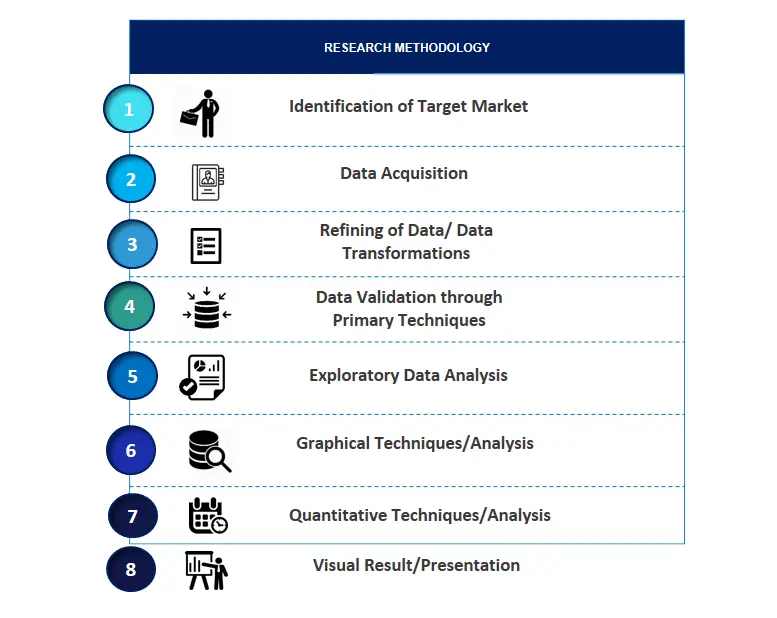
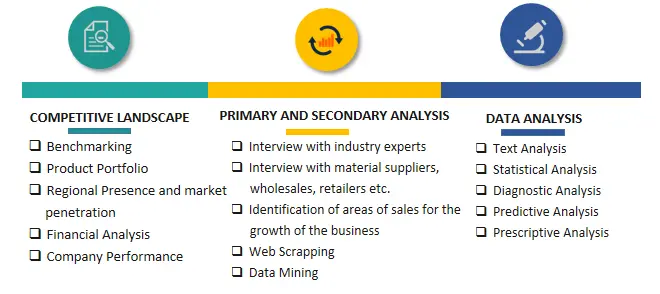

Frequently Asked Questions About This Report
PLACE AN ORDER
Year End Discount
Sample Report
Pre-Purchase Inquiry
NEED CUSTOMIZATION?
Request CustomizationCALL OR EMAIL US
100% Secure Payment
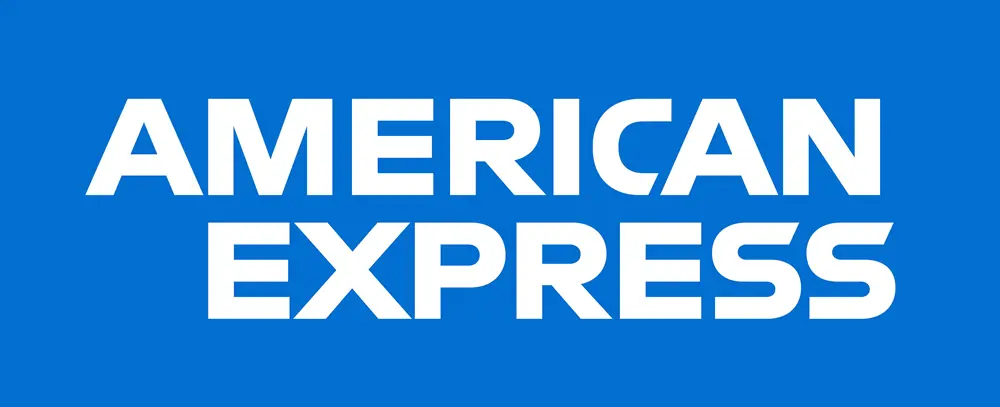
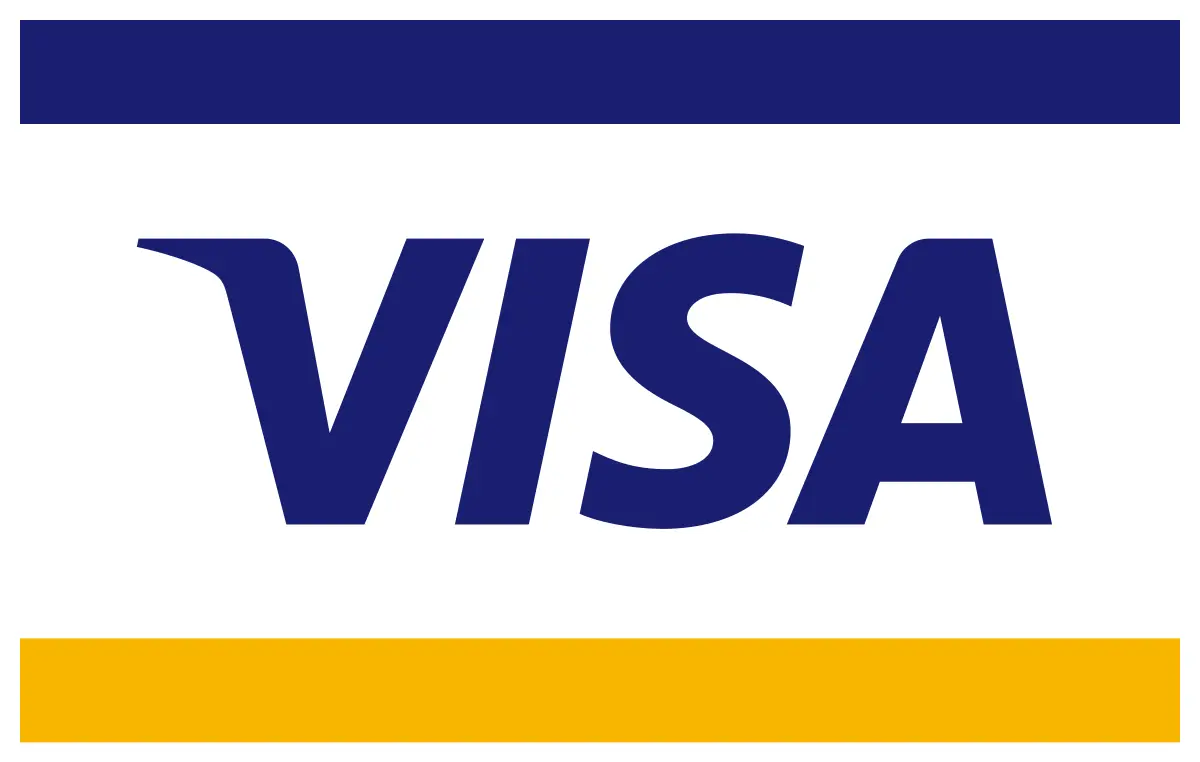




Related Reports
Our Global Clients
Our data-driven insights have influenced the strategy of 200+ reputed companies across the globe.

